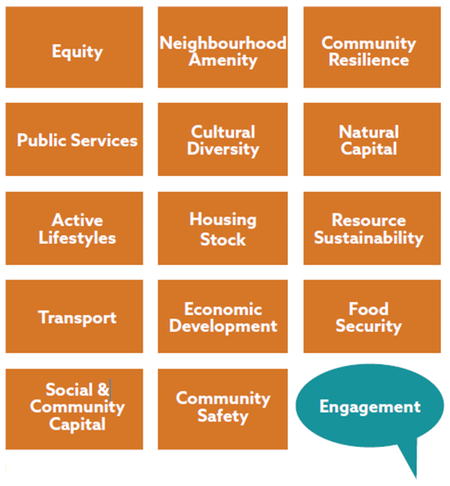An integrated approach to assessing health impacts
Chantal Lauzon, MPH, Community & Public Health,
Canterbury District Health Board, and the Health in All Policies Team, Community & Public Health, Canterbury District Health Board
Canterbury District Health Board, and the Health in All Policies Team, Community & Public Health, Canterbury District Health Board
